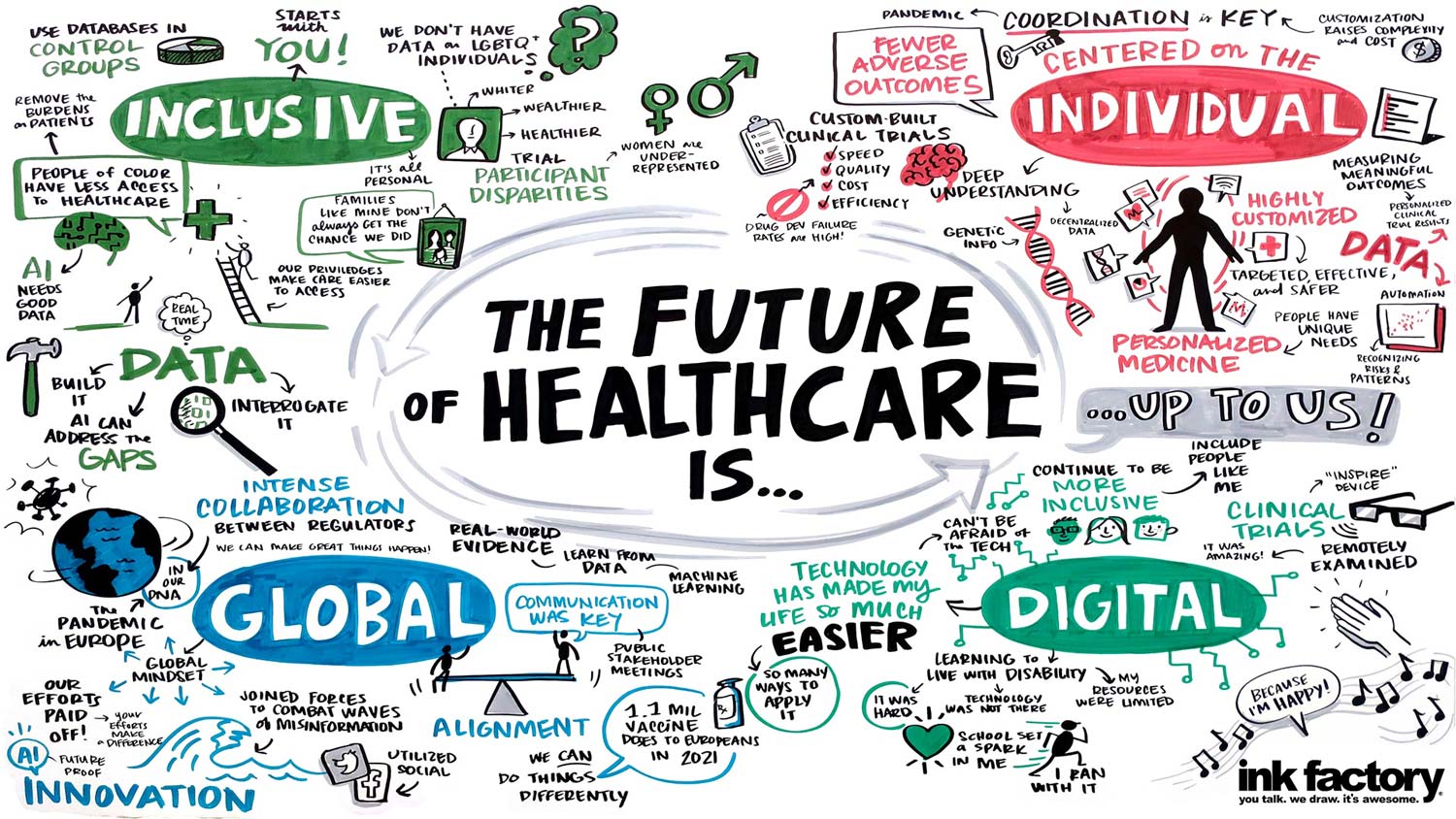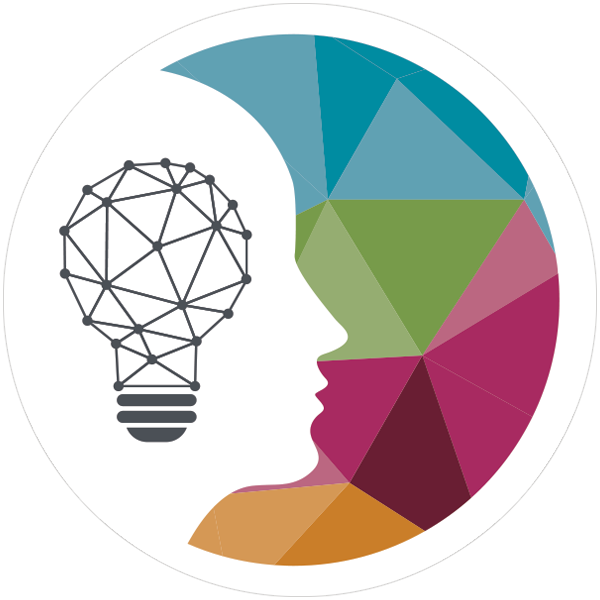
n Association executive, two regulators, two professors, a patient advocate, a patient, and a graphic artist walked into a packed congress hall. Inspiration ensued.
The world’s changed. It places much greater demands on young people. They’re living in a more networked world marked by enormous amounts of information and knowledge, but also heightened risks, lower social mobility, and greater inequality. It’s well known that many young people are surprisingly unhealthy. Their health issues result from lack of food access, risky behaviors, and heightened psychological vulnerability. The result is obvious: increased incidence of diseases like obesity, diabetes, mental health disorders, and substance abuse disorders, just to name a few. New approaches are being developed to address some of these difficulties and to understand the root causes.
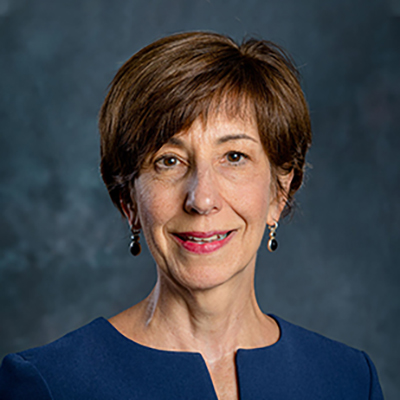
Global Chief Executive
DIA
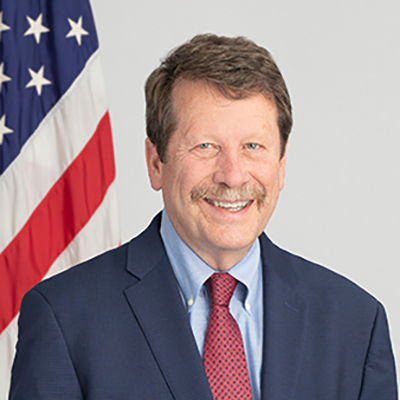
Commissioner
US FDA
Honorary Co-Chair
The effective use of digital tools can also play an essential role in strengthening collaborative efforts that are needed among regulators from different countries in addressing some of the global challenges we’re facing. We need a much more comprehensive set of reliable evidence than currently available. The failure to share data in a transparent fashion is a major factor holding us back. As you attend the meeting and think about how to improve our system, I hope you’ll consider how effective we could be if we revamped the foundational system for sharing data.
Precision or personalized medicine is based on deep understanding of the molecular basis—the genetic and biologic underpinnings—and the social determinants of disease. With support from large databases, informatics, technologies, and advanced analytics, we’re able to target highly stratified patient subpopulations—eventually at the individual patient level.

Executive Director and Professor
Tufts CSDD
Lessons from our pandemic experience demonstrate a path toward realizing a future where each study volunteer participates in the right trial and where each individual patient receives the right treatment, in the right dose, at the right time.

President and CEO
COTA
Why does it matter? It matters because black men have twice the risk of white men of being diagnosed with advanced-stage prostate cancer. It matters because black people are more likely to develop multiple myeloma and die from it. Research shows that the overall rate of cancer screening is lower among black, Hispanic, and Asian populations compared to their white counterparts. People of color are also more likely to receive later stage diagnoses than white people. And they’re also more likely to be uninsured.
Ultimately, at some time, we’re all going to be a patient. So I ask you today to help me fight. Come along with me to bring the right care path to every patient, regardless of gender, race, sexual orientation, economic status, and any other disparities that exist. Let us fight together.
The future of global healthcare is all about innovation that knows no limits, knows no borders, and pushes new frontiers. As regulators, how do we contribute to this brave new world? Let me focus on three areas: translating artificial intelligence into real tools that make a difference in how clinical trials are performed, how endpoints are designed, and how we get patient feedback; using real-world evidence to meet their needs; and using digitalization not only to enable patient-centricity but to also future-proof our own operational infrastructure capability and security.
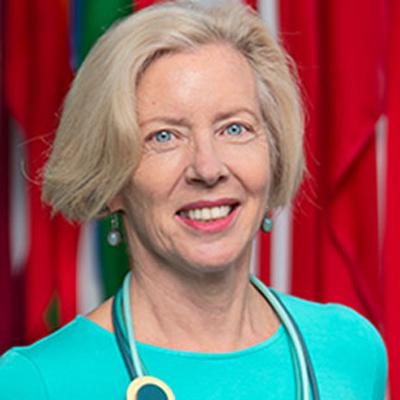
Executive Director
European Medicines Agency

IQVIA
Chair of DIA Board
Chair of Executive Committee
Mother made the tough decision of sending us downstate to a school that basically taught people like ourselves about our visual impairments, about things that we can do to enrich our lives, to help prepare us for the future of dealing with our disability.
Back then the technology was just not there yet, and it was hard. But at that point in my life, I knew something was changing. Not only did they teach us about reading and writing and arithmetic, but they also taught us how to deal with our disabilities, how to adjust, how to find resources, even though it was hard back then. They taught us things like using adaptive equipment for computers; there was hardware and software that would enlarge the screens for us.
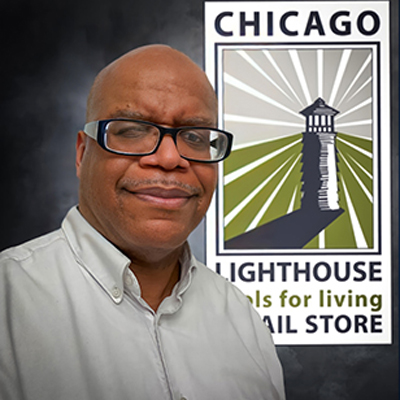
Patient Representative
The Chicago Lighthouse
Continue to be inclusive with your studies. With everything you do, be more inclusive to people like myself who just happen to be visually impaired or disabled. Include us in your studies. Look at all the faces, the beautiful colors of people here, through your offices, through your workplace. Look and include people like me, so that we can continue to build your technology, your research, your knowledge together as one. We can do that. All of us.

Professor
University of Illinois at Chicago College of Pharmacy
Honorary Co-Chair


